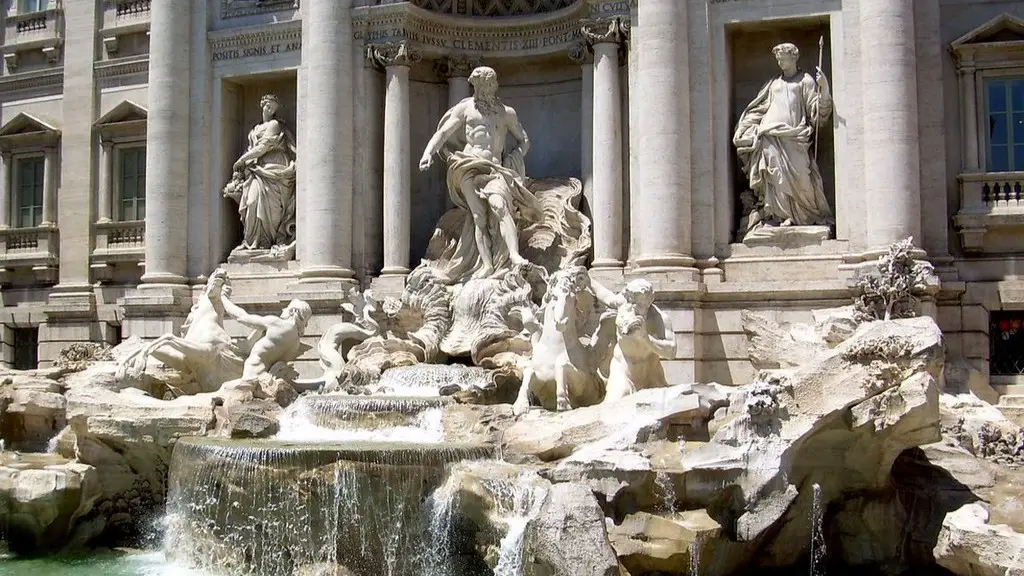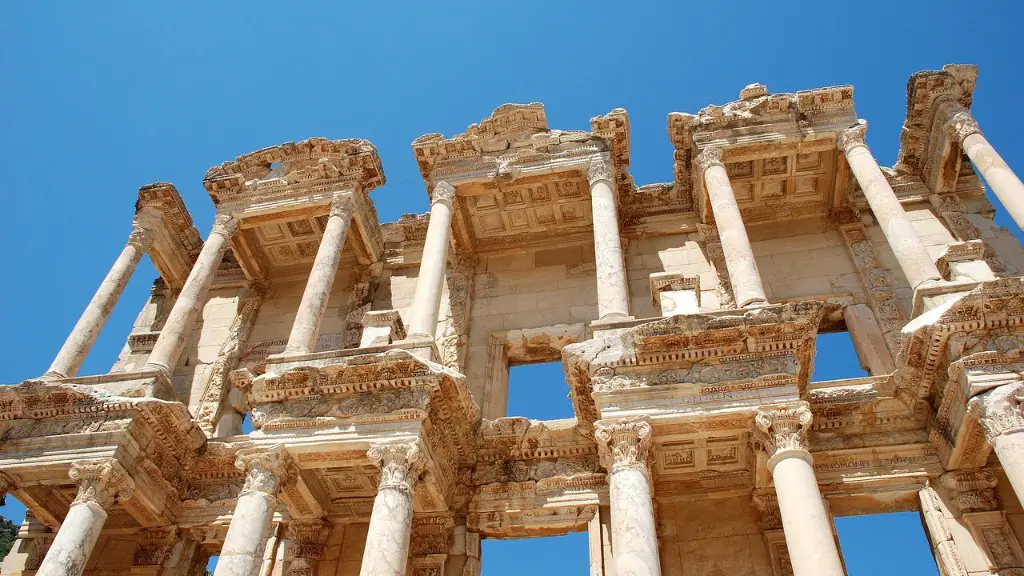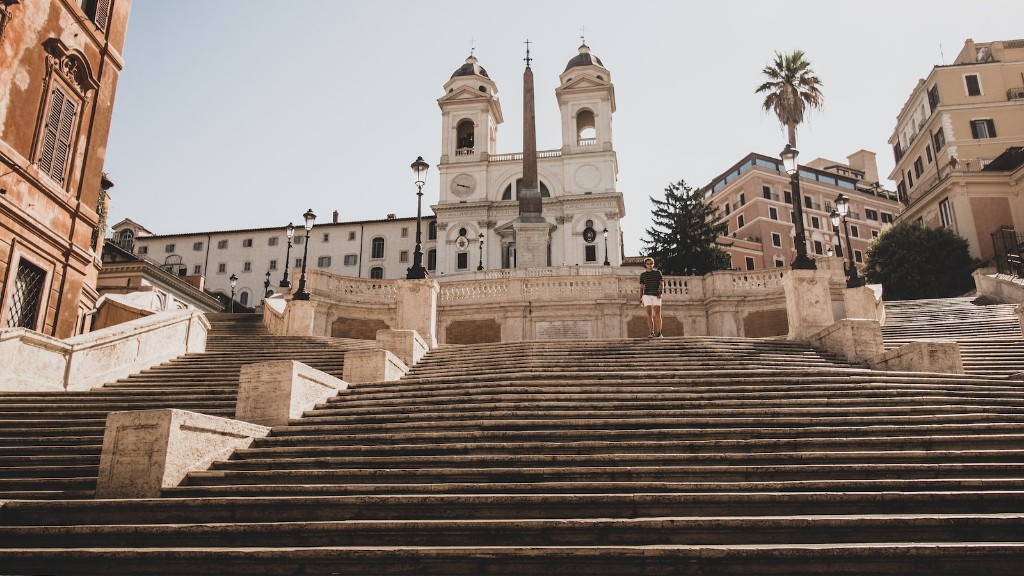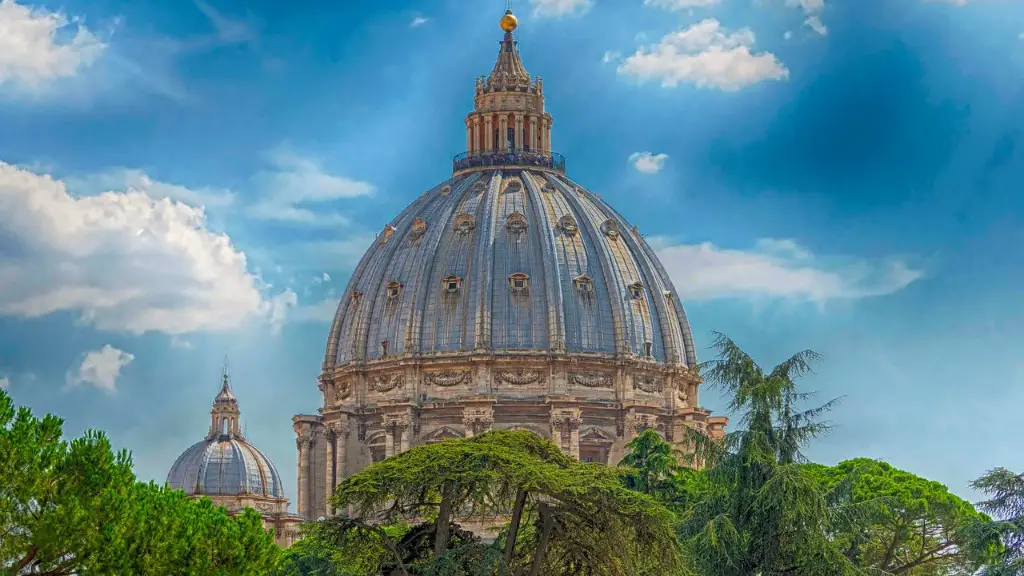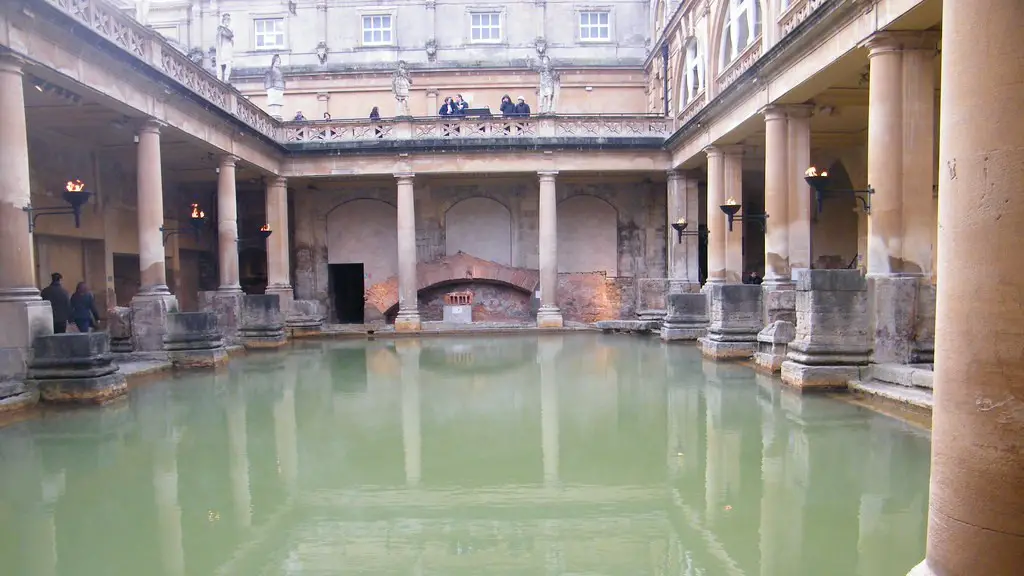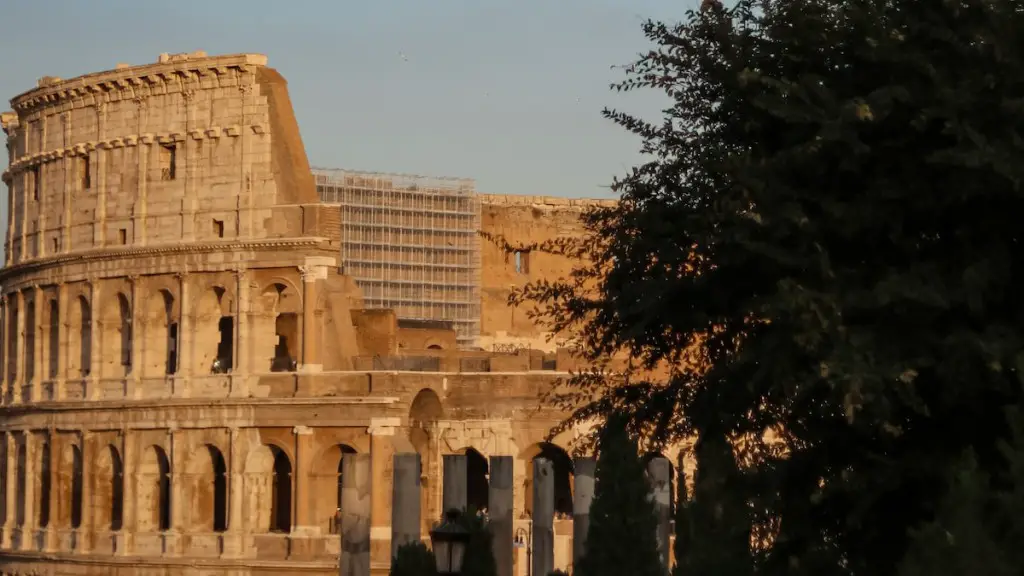Ancient Rome is one of the world’s most important civilizations. Its government system has influenced many countries and remains relevant to aspiring governments today. Ancient Rome had two types of government: monarchy and republicanism. Apart from these two forms of government, the Roman Empire also briefly experimented with oligarchy, democraty and imperial rule.
Monarchy was the original form of government in Rome. It was led by the emperor and they were seen as gods themselves. The power of the monarchy seemed to have been absolute, with the emperor and the senate having the highest authority. As the plebeians began to have more influence and power in Rome, the monarchy gradually became less effective and eventually lost its place.
The second form of government in Ancient Rome was republicanism. This form of government was based on the concepts of liberty, civic virtue, a citizen’s right to vote, and representation of each person’s interests in the government as decided by the public. The power of the government was divided between the senate, the consuls and the magistrates. Though there were still divisions between classes in Roman Republic, it was more democratic than the monarchy and allowed the citizens more rights.
An important factor of Ancient Rome’s two forms of government was the two class system of patricians and plebeians. The patricians were the aristocratic class who were wealthy and powerful and made up the ruling class. They were the leaders of the Roman Republic and had considerable power and privileges. On the other hand, the plebeians were the lower class who had fewer rights and were entitled to fewer benefits. Despite their lack of power in the government, they were still considered to be citizens, even if their rights and privileges were much less than those of the patricians.
Overall, the two forms of government in Ancient Rome played an important role in the city-state’s success. Monarchy bestowed order and stability to the early Roman culture while republicanism allowed more diverse views and more participation in governance. Despite its flaws, the Roman government system served as an example of order and stability for many generations and is still used as an inspiration by governments today.
Political Structure in Ancient Rome
Understanding the political structure of Ancient Rome is essential to gaining further insight into how the two forms of government coexisted. As the Roman Republic developed and grew, the political system changed drastically. There were three main states in Ancient Rome, the Senate, the Council of Elders or the Curiate Assembly, and the Assembly of Plebeians.
The Senate was the most powerful and influential body of Rome. It had been composed mostly of members of the patrician class for centuries before the Roman Republic. The Senate created laws and served as judges. It was the upper house of the Roman legislature and had more power than the Assembly of Plebeians.
The Council of Elders was formed in the early days of the Republic. It was a body of aristocratic patrician members who had the power to veto the decisions of the Assembly of Plebeians. This was a way to limit the power of the lower class.
Finally, the Assembly of Plebeians was the most important legislative body in the Roman Republic. It was made up of the lower class citizens who elected their representatives to speak on their behalf in the assembly. As the Roman Republic grew, the powers of the Assembly of Plebeians grew.
Overall, these three political bodies had a crucial role in the governance of Ancient Rome. While monarchy gave a sense of order and stability, republicanism allowed the lower classes more rights and more representation.
Legacy of Ancient Rome
Ancient Rome left a profound influence over governments throughout history. Many governments today imitate aspects of the Roman Republic, such as using a popular vote to elect representatives. It is also evident in how long standing governments structure their legislative bodies and political systems. The two types of government also had a major impact on the Roman Empire’s success as it allowed a diverse array of viewpoints and decisions.
The legacy of Ancient Rome can also be seen in many of the modern world’s fundamental principles. The concept of equality before the law, due process and citizens’ rights can all be traced back to the Roman Republic and its two forms of government. Moreover, the idea of a three branch system of government can be found in Ancient Rome’s tripartite system.
Additionally, Ancient Rome’s culture of literature, art, and engineering still influences the modern world today. Its architecture, in particular, remains iconic and many countries look to it for inspiration when constructing their public buildings. Roman law and ideas are also still used to adjudicate modern legal disputes. Moreover, Ancient Rome has served as a model of governance, giving Europe and other regions a way to structure their laws and politics.
Role of Religion in Ancient Rome
Religion was an integral part of Ancient Rome, playing a major role in its two forms of government. The Romans were very religious and believed in divine intervention in their affairs. They often sought advice from their gods through oracles and offered sacrifices to placate them. Religion was also a way for citizens to express their loyalty, with many great ceremonies for the gods held in the city.
The two forms of government in Ancient Rome were deeply intertwined with religion. Monarchy was largely based on the gods’ divine authority and the emperor was seen as a direct representative of them. On the other hand, republicanism was based on the concept of a citizens’ right to vote, which was a key principle in Roman religion. The gods were seen as protecting the citizens’ right to govern themselves and it was believed that by appealing to the gods, one could receive justice.
Overall, religion had a major influence in Ancient Rome. Its two forms of government could not have been possible without it and the legacy of its beliefs can still be seen around the world today.
Economy in Ancient Rome
Ancient Rome’s economy was closely intertwined with its two forms of government. The monarchy focused on using taxation and resources to enrich the rulers of Rome while giving little power to the citizens. Under the Roman Republic, the economy was more closely connected to citizens, allowing them to own property and trade without taxation. This allowed the economy to grow and expand, leading to increased trade and commerce.
The Romans practiced barter economics, where goods and services were exchanged without currency. Money was used in Ancient Rome but not nearly as much as in modern economies. There were also different types of coins that played different roles. Gold and silver coins were mainly used as a means of exchange, while bronze coins were for wages.
The Roman Republic also focused on international trade to strengthen its economy. Trade with foreign countries was a major source of wealth for the empire, with many goods being imported from other regions. This included luxury items such as spices, exotic fabrics, and expensive jewelry.
Ultimately, Ancient Rome’s two forms of government heavily influenced its economy. The monarchy favored the upper classes of society while the Roman Republic allowed for increased trade and commerce. This was instrumental in Rome’s transformation from a small city-state to a vast empire.
Impact of Ancient Rome on Modern Governments
The legacy of Ancient Rome can still be seen in modern governments around the world. Many countries have adopted parts of Rome’s two forms of government, such as using democracy to elect leaders. The Roman Republic also inspired the separation of powers between the executive, legislative and judicial branches that is found in many democracies. Furthermore, Latin continues to be widely used in legal proceedings and statutes in many regions.
Moreover, many current concepts of justice and law can also be traced back to Ancient Rome. The principles of due process, citizens’ rights, and the rule of law can all be credited to the Roman Republic. The Roman Empire also revolutionized engineering and urban planning with its huge construction projects, colonnades, and aqueducts.
In conclusion, Ancient Rome’s two forms of government had a major influence on modern governments. From its political structure to its economic system, Rome’s systems of governance are still studied today. Its legacy continues to resonate with countries around the world, inspiring and influencing their governments today.
